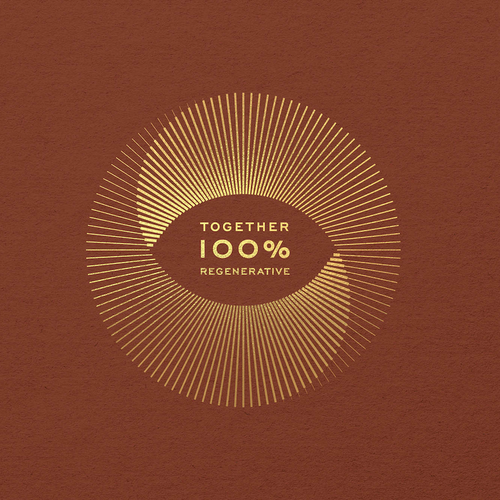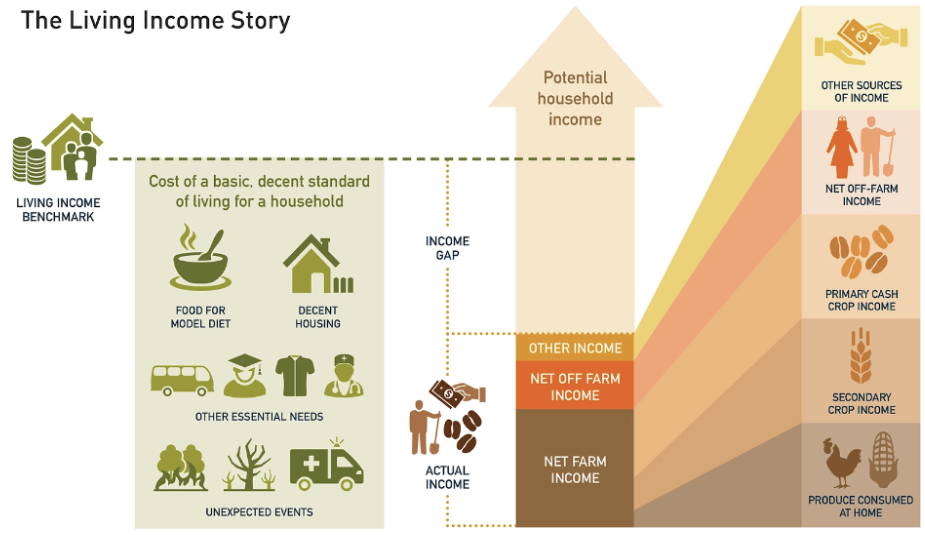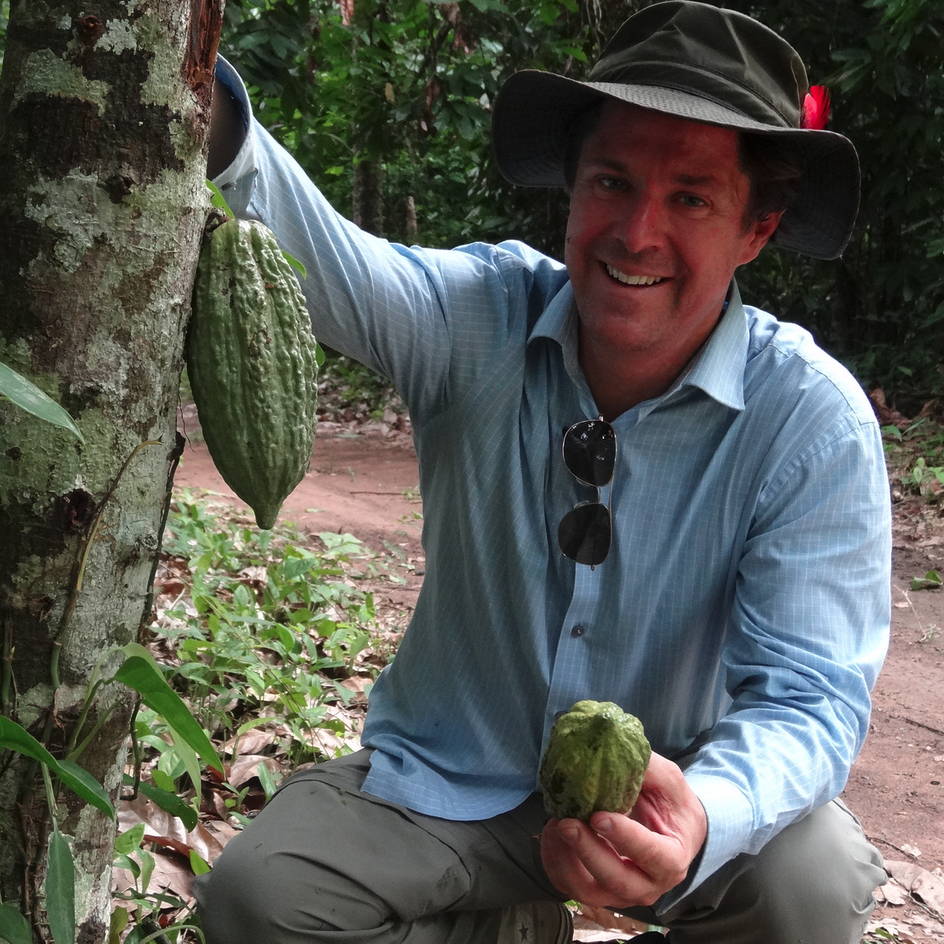
Questions


General
Questions
Payment &
Shipping
Chocolate &
Ingredients
FAIRNESS AND
SUSTAINABILITY
Where can I buy Original Beans?
What are the terms & conditions for the Original Beans webshop?
Delivery
Return policy
General Terms & Conditions
Do I have to create an account?
Is my payment information secure, so that it is not visible to third parties when transmitted?
I forgot my e-mail address and/or password. What can I do?
Lorem ipsum dolor sit amet, consectetur adipiscing elit, sed do eiusmod tempor incididunt ut labore et dolore magna aliqua. Ut enim ad minim veniam, quis nostrud exercitation ullamco laboris nisi ut aliquip ex ea commodo consequat. Duis aute irure dolor in reprehenderit in voluptate velit esse cillum dolore eu fugiat nulla pariatur. Excepteur sint occaecat cupidatat non proident, sunt in culpa qui officia deserunt mollit anim id est laborum.
How can I pay?
As soon as the bank transfer has reached our account, we can continue carrying out your order. Please note that due to various factors, it might take up to 4-5 work days before we receive your payment.
Please note that we can only send parcels, once we have received your transfer payment. This rule also applies to express deliveries.
If you then still cannot find the confirmation e-mail, please contact our customer service at [email protected].
Usually cacao butter is filtered and deodorized to get a neutral, standardized product. CONACADO’s cacao butter is different: It is warmly roasted and then pressed unfiltered. Thus, it fits perfectly to Original Beans’ philosophy of preserving distinct aromas.
Read here more details about our ingredients.
The cows are kept in a particularly species-appropriate manner and spend a lot of time in the open air. Because only animals that feel comfortable give healthy, tasty milk. We stand for biodiversity. In generous ecological areas like hedges, heaps of branches, flower meadows or in high-stem orchards rare plants and animals find new habitats.
Last but not least, society benefits from sustainable milk: Because cows mainly eat grass, the world’s population has more grain than food.
Usually, the bloom arises due to wrong storage in the shop. Therefore, we advise you to contact your retailer and to return the chocolate there.
Moreover, our milk chocolates - Esmeraldas Milk, Femmes de Virunga and Edel Weiss - contain animal proteins in form of milk powder.
Cadmium can be unhealthy depending on the form of cadmium, the amount of intake in the body and whether the cadmium is eaten or inhaled. High levels of cadmium can cause flu-like symptoms and are also related to bone and lung diseases.
If you eat grains, potatoes, some leafy vegetables, shellfish and chocolate, you will already have ingested naturally occurring cadmium. Depending on the region where your foods come from, the amount of cadmium traces vary considerably.
Why is Cadmium relevant for chocolate consumers?
In chocolate, higher levels of cadmium traces are found in cacao beans from South America compared to cacao beans originating from Africa and Asia. Cacao trees absorb cadmium during their metabolic processes which is then stored in the cacao fruit and its seeds, the beans. No process exists to remove cadmium traces during the chocolate making and so they make their way into the final chocolate product.
EU Regulation on Cadmium Limits effective as of January 1st 2019
New regulations regarding maximum allowable limits of cadmium, as specified in the European Regulation (EC) No 1881/2006 of 19 December 2006, will become effective as per the 1st January, 2019.
Original Beans has been monitoring cadmium levels in the beans and the chocolates for years through analysis of independent and recognised external laboratories.
All Original Beans products will of course comply to EU regulations. We will continue to measure cadmium levels in all our cacao beans and all chocolates. And we will report them to you on demand. In this way, we want to make sure you can enjoy a pure, natural product from local provenance without a second thought.
What are the EU’s Cadmium Limits?

To increase the value-add at farmer level, we source directly, at premium prices, ensuring a living income while supporting farmers in cacao growing matters like quality improvements, yield increase, and income diversification. For us, direct trade means sourcing directly at farmer or village level through a local partner. Next to long-term partnerships, the Original Beans field team has a direct connection to the farmer communities by working on the ground.
High school attendance within our sourcing regions, child labour education and awareness training, and well-organised farmer and community structures point at low risk of child labour instances. Local partners signed our ‘No Child Labour’ Statement and regular educational trainings increase awareness amongst families and emphasise the importance of ceasing any type of child labour.
Living Income
Living income is the net annual income that a household needs in a particular place to afford a decent standard of living. A household should be able to afford food, water, housing, education, healthcare, transport, clothing, and other essential needs (LICoP).

Original Beans are sourced on purpose from origins defined by the scientists as biodiversity hotspots and wilderness areas. These are the most biologically diverse places on earth, but also the most threatened. Our local reforestation projects seek to re-establish the balance of these unique ecosystems and to protect nature’s wonderful wildlife. To achieve full traceability, the consumer can track the tree on our website.
Cacao forests, if regeneratively farmed, absorb enough CO2 in trees and soils, that all the emissions from making chocolate are more than compensated. They can even become climate-positive, if the warehouse uses solar energy (as ours does), and the packaging comes from Europe’s climate-leading paper mill (like ours). For climate, our One Bar : One Tree programme is a cherry on top.
When you break off a piece of Original Beans chocolate, you are breaking ground for a new tree. Each tree is a miracle, an ecosystem in itself with the potential to become one of the oldest and largest beings in the world! But trees are not meant to be solitary creatures. They thrive with others in a forest, just like the trees we are planting and preserving. And these forests, called agrofields by the farmers, have a great impact in different ways:
They MULTIPLY FARMERS’ INCOME
They PROTECT THE RARE because each tree propagates the unique genes of rare cacao varieties
They guarantee that the production of Original Beans chocolate is CLIMATE-POSITIVE. As each tree absorbs CO2 from the atmosphere to grow, the tree planted or preserved per bar offsets the emissions for the entire production of the bar. In simple terms, you are reducing carbon emissions with every delicious bar you consume.
They REBUILD & PRESERVE THE HABITAT of endangered animals, and other wildlife and plants
All of this would not be possible without you, our conscious customers. Thank you for helping us to replenish the rare!
Only our Beni Wild Harvest does not carry the logo because it contains wild cacao which does not comply with all organic certification criteria. Instead, the Beniano beans are certified “FairWild”.
contact form
Send us your question by filling out the form below, we will be happy to assist you.


